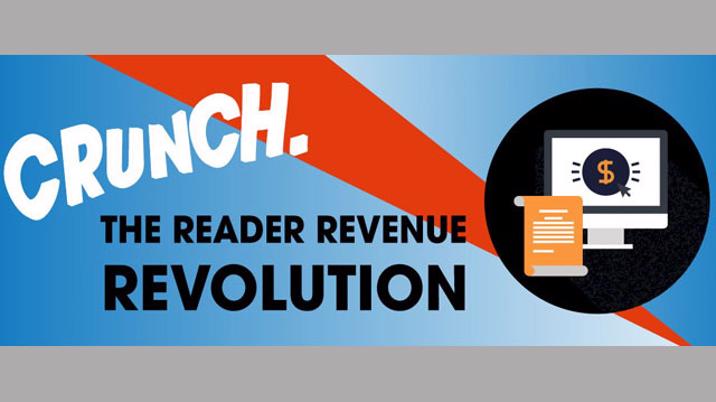
Last Thursday, I attended the AOP’s second ‘crunch’ event of the year, entitled ‘The Reader Revenue Revolution’. As always, I go along to such events hoping to discover an essential truth, the key to unlocking the mysteries of publishing. Inevitably, I come away struck by the realisation that this industry is incredibly diverse, with an almost infinite number of revenue models. One size does not fit all.
We heard from Econsultancy, who provide highly specialised content and charge lots for it, and from Time Inc, some of whose sites publish generic content (“Swimwear You’re Definitely Going To Want To Rock This Season”) which no one will pay for, but which has loads of potential for affiliate revenue. Time Inc’s NME has increased its affiliate revenues 125% year-on-year.
We heard from the Telegraph, who are aiming to add three million new registered readers this year, to add to the ten million they already have, and are driving new commercial offerings and higher ad yields off the back of deeper user insight; and from Refinery29, which is still chasing unfettered scale (much, incidentally, as the Telegraph was doing until recently) and they go big on sponsored content and promoted features.
Despite the wide variety of commercial activity, two trends are emerging: firstly, a move to garner greater reader insight (via registrations to access certain member-only benefits or newsletter sign-ups) to enable the crafting of new commercial offers and the better targeting of advertising. Secondly, where the content is special enough, to restrict access to it, either with a registration barrier or paywall.
This is an industry where you generalise at your peril, but here’s my catch-all summation: it is up to each publisher to make a clear-headed assessment of where the value lies in their content, and to then, eschewing short-termism, create medium and long-term strategies to exploit that value. Easy.












